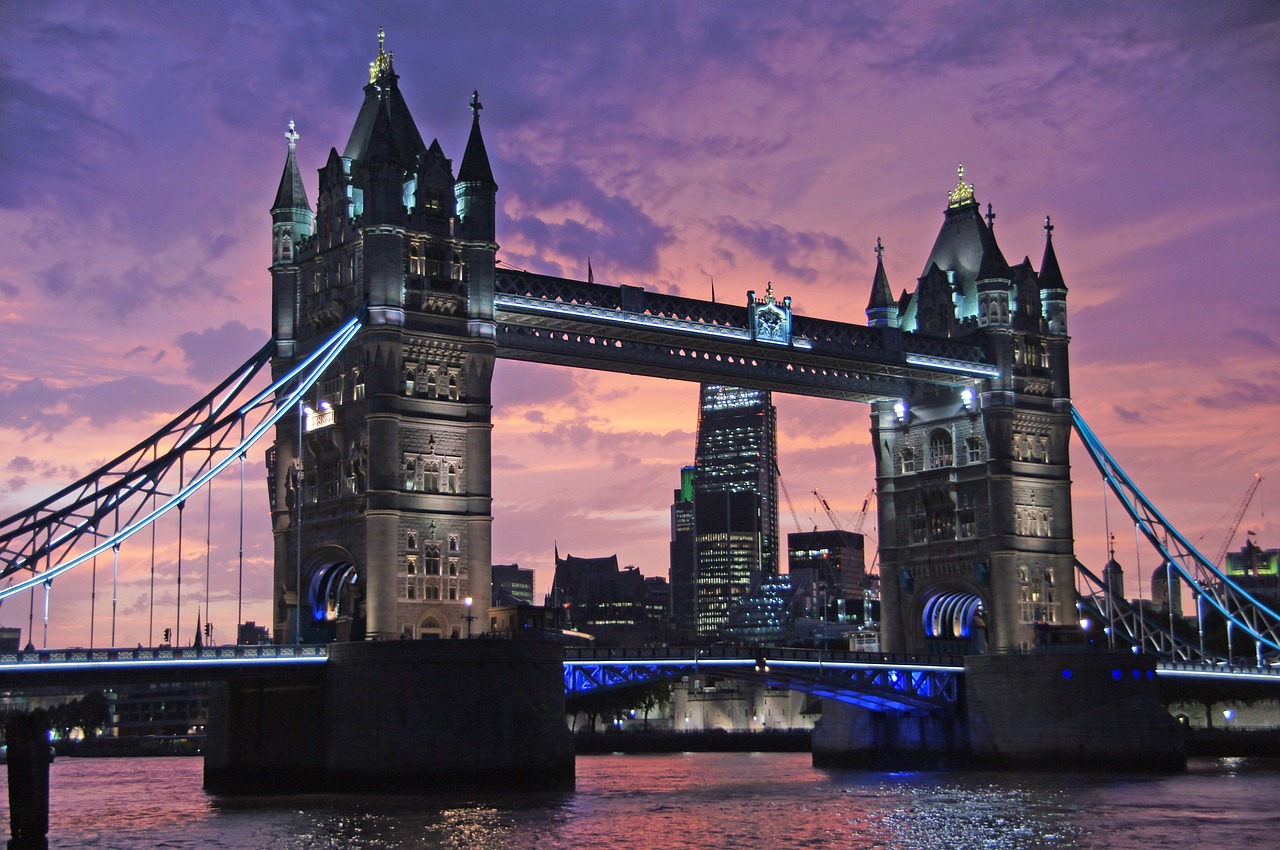cruise llfe
Top 10 coldest countries of the world.
Have you wondered which countries are one of the extremely colder regions during the winter? We have combined top 10 coldest regions in the world and secondly we've explained why some countries or regions are more colder or hotter than each other 1.AntarcticaAntarcticais the coldest continent on Earth and, as such, is home to some of the most extreme cold temperatures on the planet. The average temperature during the Antarctic winter ranges from -40 to -94°F (-40 to -70°C making it the coldest place on Earth. In fact, the lowest temperature ever recorded on Earth was -128.6°F (-89.2°C) at the Soviet Union's Vostok Station on July 21, 1983. Antarctica is a unique continent with no indigenous inhabitants and no official government, making it a truly isolated and uninhabited place. However, it is home to millions of penguins, seals, and other Antarctic wildlife that has adapted to the extreme cold.
2. Russia Russia is the world's largest country and home to some of the coldest inhabited places on Earth. The northeastern region of Siberia, in particular, experiences extremely cold temperatures during the winter months, with average temperatures dropping as low as -58°F (-50°C). The town of Verkhoyansk in Siberia holds the record for the lowest temperature in a populated area, with a recorded temperature of -93.2°F (-69.6°C) in 1892.3. 3.Canada Canada is known for its harsh winters, particularly in the northern regions. In the province of Yukon, the town of Snag holds the record for the lowest temperature ever recorded in Canada, at -81.4°F (-62.4°C) in 1947. Other northern regions of Canada, such as the Northwest Territories and Nunavut, also experience extreme cold temperatures during the winter months. 4. Greenland As the world's largest non-continental island, Greenland experiences extremely cold temperatures throughout the year. During the winter, average temperatures in the capital city of Nuuk hover around -8°F (-22°C), while in the northern region of Greenland, temperatures can drop as low as -30°F (-34°C). The town of Eismitte holds the record for the lowest temperature ever recorded in Greenland, at -87.4°F (-66.3°C) in 2009. 5. Iceland Iceland is known for its harsh and unpredictable weather, with cold temperatures and strong winds throughout the year. The northern regions of Iceland, particularly in the highlands, experience some of the coldest temperatures in the country, with average temperatures dropping as low as -22°F (-30°C) during the winter months. 6. Kazakhstan The country of Kazakhstan, particularly in the northern regions, experiences extreme cold temperatures during the winter months. The town of Astana, which is the capital city of Kazakhstan, has recorded temperatures as low as -40°F (-40°C) during the winter months. In the northeastern region of Kazakhstan, temperatures can drop even lower, with the town of Karaganda recording temperatures of -58°F (-50°C) on occasion. 7. Norway Norway's Arctic region, particularly in the towns of Karasjok and Kautokeino, experiences some of the coldest temperatures in the country. During the winter, temperatures can drop as low as -40°F (-40°C), with strong winds and snowfall making the conditions even more challenging. 8. Mongolia Mongolia experiences extremely cold temperatures during the winter months, particularly in the northern and western regions of the country. The town of Ulaangom, in the western region, has recorded temperatures as low as -50°F (-46°C) during the winter, with strong winds and heavy snowfall making conditions even more challenging. 9. Finland Finland, particularly in the northern regions, experiences extremely cold temperatures during the winter months. The town of Kittilä, in the Lapland region, has recorded temperatures as low as -49°F (-45°C) during the winter, with strong winds and snowfall making conditions even more challenging. 10. Sweden Sweden, particularly in the northern regions, experiences extremely cold temperatures during the winter months. The town of Nikkaluokta, in the Lapland region, has recorded temperatures as low as -49°F (-45°C) during the winter, with strong winds and snowfall making conditions even more challenging. The main reason why some countries are so cold during the winter. Coolness of winters in various countries depends on several factors related to Geography, climate patterns and Earth's axial tilt. 1. Latitude: One of the primary factors is a country's distance from the equator. The closer a country is to the poles (higher latitude), the less sunlight it receives during the winter months. 2. Earth's Tilt: Earth's axis is tilted at an angle of about 23.5 degrees from the vertical. This tilt causes the Northern Hemisphere to be farther from the sun during its winter months (November to February) and the Southern Hemisphere during its winter, leading to less direct sunlight and colder temperatures. 3.Altitudes: Higher altitudes have colder temperatures due to the thinning of the atmosphere. Mountainous countries or those with elevated terrains can experience colder winters.4. Ocean Currents: The temperature of water currents can greatly affect the climate of coastal regions. Warm currents can make nearby lands warmer, while cold currents, such as those coming from the Arctic and Antarctic, can significantly lower temperatures.5. Continental Climate: Countries that are located far from oceans (inland or continental areas) often experience more extreme temperatures, both hot and cold, because water bodies have a moderating effect on land temperatures. The interior areas of continents like Asia and North America see very harsh winters. In conclusion, the coldest countries in the world are located in the northern regions of the continents, particularly in the Arctic and subarctic regions. These countries experience extremely cold temperatures during the winter months, with average temperatures dropping as low as -40°F (-40°C) and even lower in some areas. Despite the harsh conditions, the people and wildlife in these countries have adapted to the extreme cold, making it possible to live and thrive in these challenging environments.
APPLY FOR LATEST U.S.A SCHOLARSHIP


